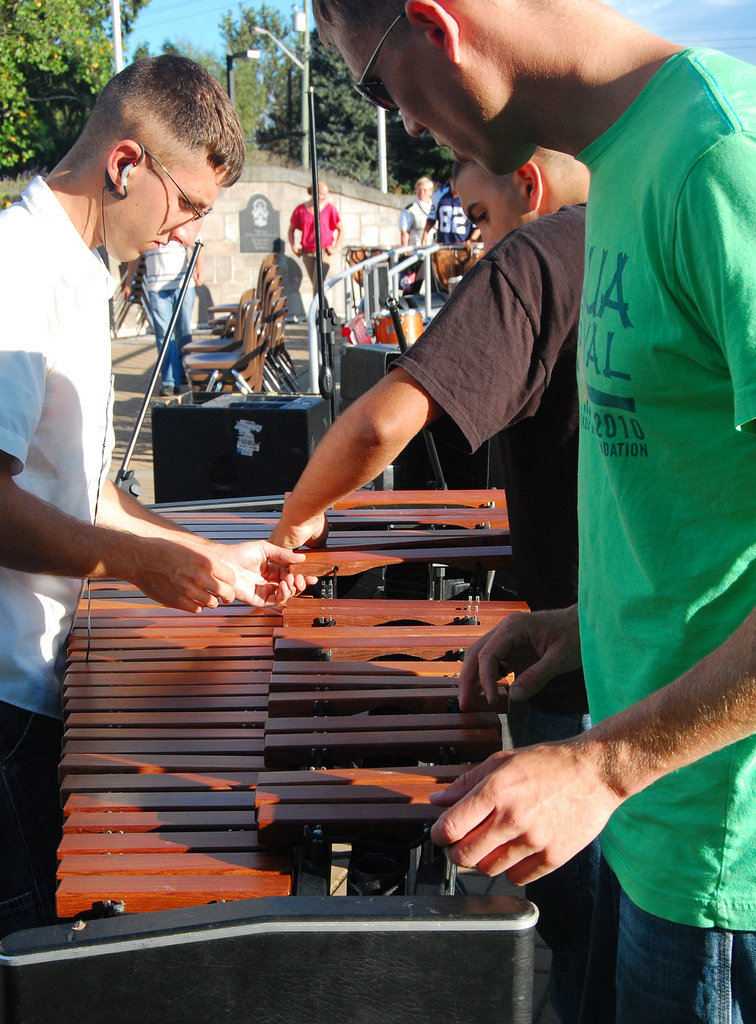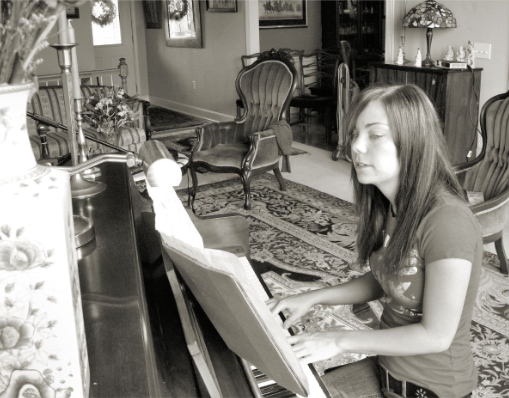
Originally published January 4, 2011 on Sound Education Blog.
Performing, listening to, and enjoying great music are their own rewards. But most people recognize that there are many additional life lessons learned while studying music. We discussed these lessons in a 2010 #MusEdChat collaborative session on Twitter. This series of blog posts contains my reflections on that discourse.
Music Life Lesson #4: Critical Thinking
Music performance is a whole body activity. We participate through the careful movements of muscles. Wind players and vocalists bodies provide resonance to the sound. And our brains are actively engaged.
Music education professor and author Dr. Timothy Brophy writes on the subject of critical thinking in music. He submits the following:
Critical thinkers in music have three primary avenues of expression in music:
Brophy, Timothy S. Assessing the Developing Child Musician: a Guide for General Music Teachers. Chicago: GIA Publications, 2000. Print.
(1) reflection – the examination of previous musical experience in relation to present experience (includes critical review, preference, evaluation);
(2) metacognition – thinking about one’s own thinking, learning, and/or development; and
(3) procedural application – thinking in performance, updating and altering musical performance to suit the immediate musical conditions or context.
Let’s look at these forms of critical thinking individually, beginning at the end. It is impossible to create a musical performance without thinking procedurally during the performance. The musician must make constant critical judgments regarding pitch, tone, phrasing, and many other considerations in bringing the music to life. Changes are made from moment to moment based on these judgments to bring the produced sound into alignment with the artist’s perception of “correct”. In life, being able to think on your feet and make crucial decisions correctly and with confidence is a strong trait of leadership.
Metacognition with regard to music is not something that will necessarily happen on its own. Students should be encouraged and directed to think through their own process of learning and growth via musical performance. Being aware of how we think, how we learn, and how we understand the music we are performing clarifies and strengthens our musical thought processes. Metacognitive awareness is helpful in making personal assessments, learning strategies, and goals.
The final aspect of musical critical thinking according to Brophy is Reflection. As the musician grows in experience, he/she applies that prior knowledge to his/her understanding and critique of music as a listener and performer. The listener informed by experience can and will appreciate a fine performance on a much deeper level than the casual observer. Applying critical reflection to our own playing (live, recorded, or in memory) allows us to identify those demonstrations of excellence that were produced (strengthening self-confidence and reinforcing our internal concept of musicality). And also those errors that got through the filter of our procedurally applied (in the moment) critical thought can be identified in light of past experience and cataloged for correction in the next practice session. Applying critical reflection outside of music allows for these same types of personal celebrations and corrections that encourage personal progress and reduce stagnation. Critical reflection against an experienced standard allows us to make thoughtful and justified judgments of others’ work in areas we share expertise.
Music is the art of thinking with sounds.
– Jules Combarieu
What About You?
Are you a musician? Have you found that playing an instrument or singing has helped you in your role as a student? Have you ever thought about the deep level of self-analysis you undertake while performing? Have you ever consciously tried to employ this analysis in other areas of your life? Let me know in the comments!
This is part 4 of a 12 part series.


